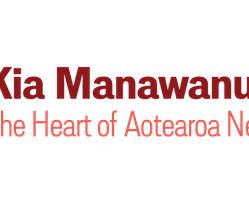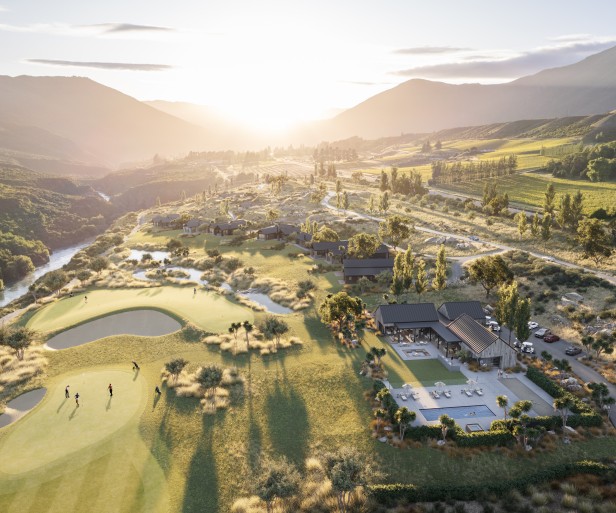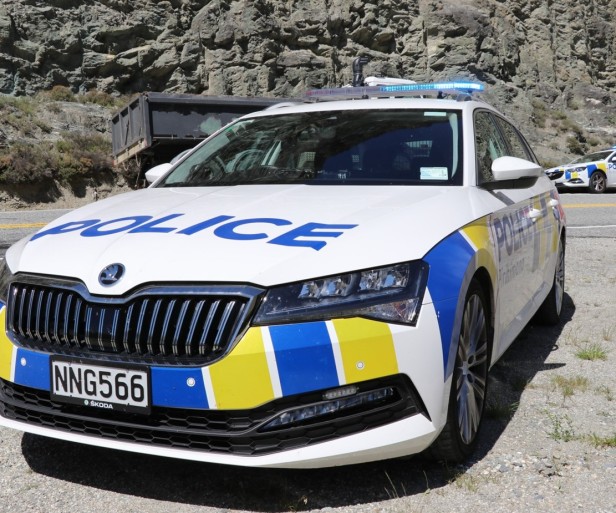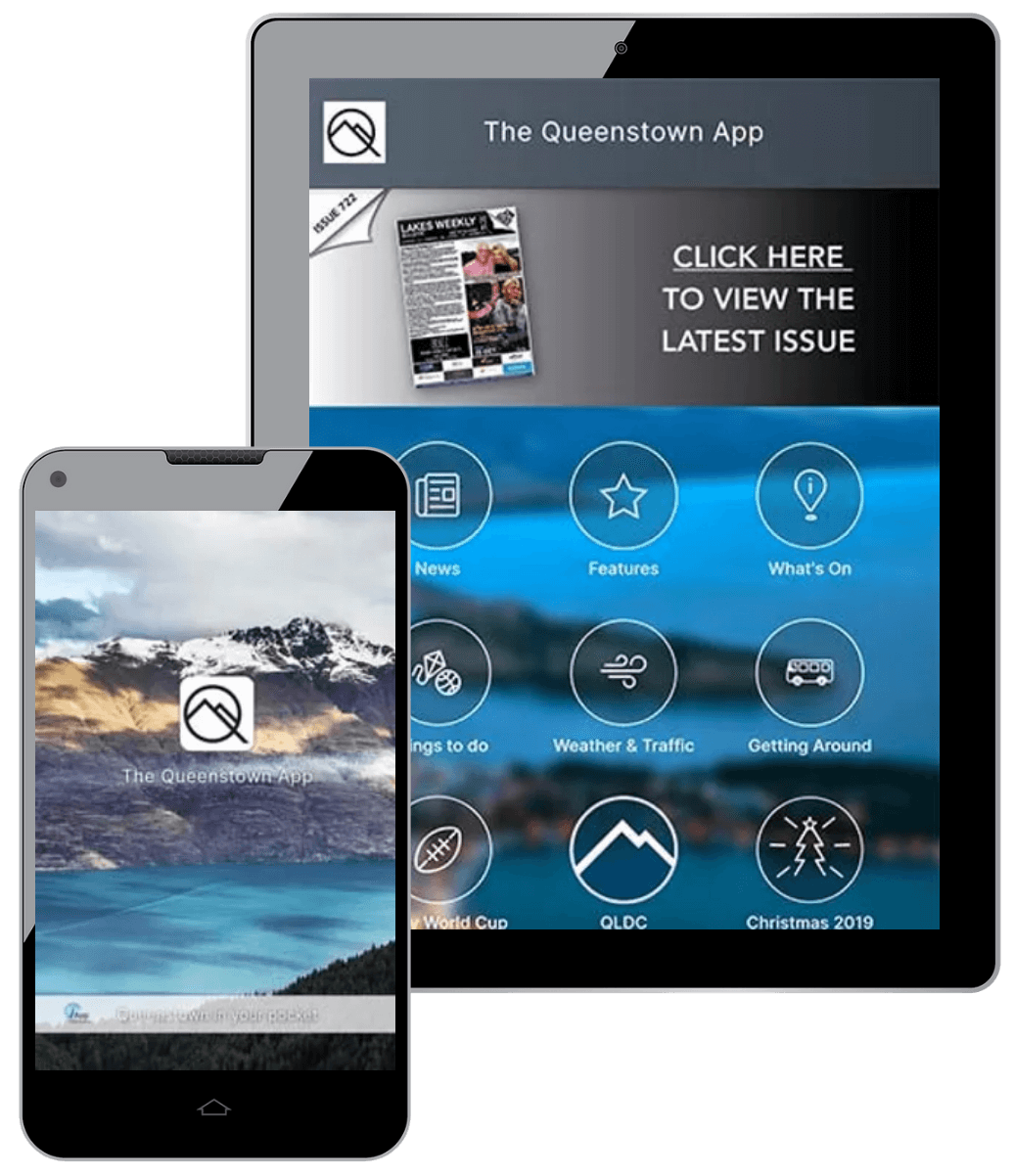New Zealand's hottest destinations will start charging foreign tourists fees - here's why
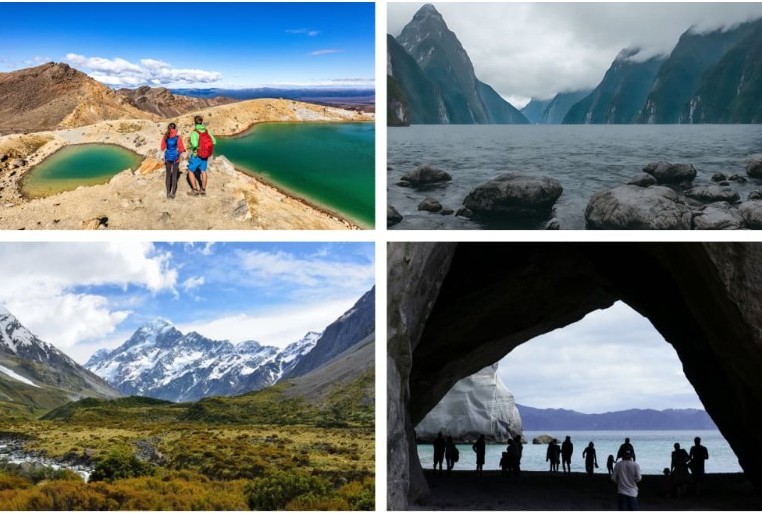
Nik Dirga, RNZ Digital Explainer Editor
nik.dirga@rnz.co.nz
Explainer - If you're coming to New Zealand as a tourist to check out some of our most famous attractions, get ready to pay a little more for the privilege.
The government announced recently that it was planning to introduce new foreign visitor charges at four famed hot spots - Milford Sound, Aoraki Mount Cook, Mautohe Cathedral Cove and Tongariro Alpine Crossing.
But when will this happen, how much will it be, and what's next for tourism surcharges? Here's what you need to know.
Why are they doing this?
Many countries already charge tourists fees to visit popular sites, and the government sees this as a way to draw in extra revenue.
In making the announcement, Prime Minister Christopher Luxon said, "sites that are truly special to New Zealanders should be protected so we are giving DoC more support by introducing a charge for foreign visitors to access high volume sites."
The government said it estimated up to $62 million could be generated by the fees.
"Tourists make a massive contribution to our economy, and no one wants that to change. But I have heard many times from friends visiting from overseas their shock that they can visit some of the most beautiful places in the world for free," Conservation Minister Tama Potaka said, calling it "only fair" that foreign visitors make an additional payment.
Luxon said there were no plans for New Zealanders to pay a fee.
"It's our collective inheritance and Kiwis shouldn't have to pay to see it."
The Tourism Industry Association's Greg Thomas, general manager for membership and advocacy, said it was important to be sure the charges were fairly applied.
"Tourism Industry Aotearoa is generally supportive of DoC having the authority to introduce access charges at high-use tourism locations, but only where it's fair and benefits the visitor experience."
Tourism sector advisor and Lincoln University emeritus professor David Simmons said such fees are pretty common overseas now.
"The logic is New Zealanders have already contributed under broad taxation to run the Department of Conservation while International visitors have not.
"Dual-pricing systems, where foreigners pay more than locals to visit national parks, museums and heritage sites, are becoming more popular globally as a means to raise revenue for infrastructure or to control overtourism."

Conservation Minister Tama Potaka. Photo: RNZ / Mark Papalii
Just how much will tourists be charged?
That still hasn't quite been determined, but in the announcement a figure of between $20 to $40 was given.
"It's important to emphasise no final decisions have yet been made on the exact visitor fees," a spokesperson for Conservation Minister Potaka's office told RNZ.
"This is an initial estimate only and includes assumptions around visitor willingness to pay and the expectation that there would be some non-compliance from visitors.
"Further analysis will be done as part of the next stage of work to decide the implementation and cost of charging international visitors. We will be working through the details, consulting with Treaty partners and communities, and making the necessary changes to conservation legislation."
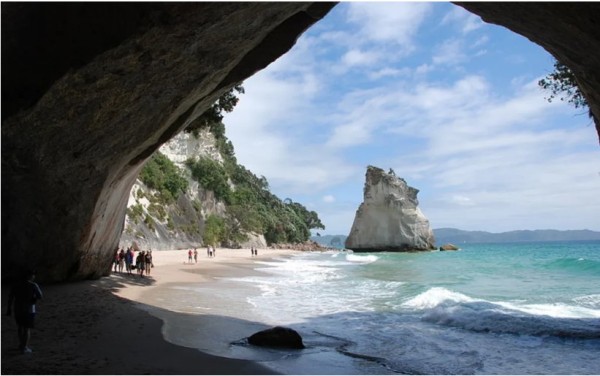
Cathedral Cove. Photo: Supplied
When is it going to start?
The earliest visitor fees would be introduced is summer 2027, the spokesperson said.
Where are they going to start charging fees?
Tongariro Crossing, Milford Sound, Cathedral Cove and Aoraki Mount Cook were picked because of their international prominence, but may not be the only sites eventually charging extra for tourists.
Potaka said foreigners often make up 80 percent of all tourists at these spots.
"We're investigating having a visitor fee at up to 10 sites," the spokesperson said. "Other sites will be explored in the future, based on learnings from the initial sites."
How will it be collected?
Speaking to media after the announcement, Potaka said some work was needed to determine whether someone was a foreign visitor or a New Zealander.
"When you go to the Auckland Domain Museum, you have to prove that you're an Aucklander, if you want a different price," he said.
Simmons said there would likely be limited negative reaction to the new fees.
"The transactions (fee collection) must be smooth, and importantly visitors must be able to see where and how their fees have been applied.
"There will be costs in collection (potentially at each site) and these will need to be offset against anticipated revenue."
There are several options being considered to collect fees, the Conservation Minister's spokesperson said.
"As part of this we will consider approaches taken overseas, such as the use of online booking systems, ticket booths and park passes," the spokesperson said.
The Conservation Minister's office cited places such as Banff National Park in Canada and Yellowstone National Park in the US. Yellowstone, for example, typically charges US$35 (NZ$59) per vehicle entering the park, including all passengers.
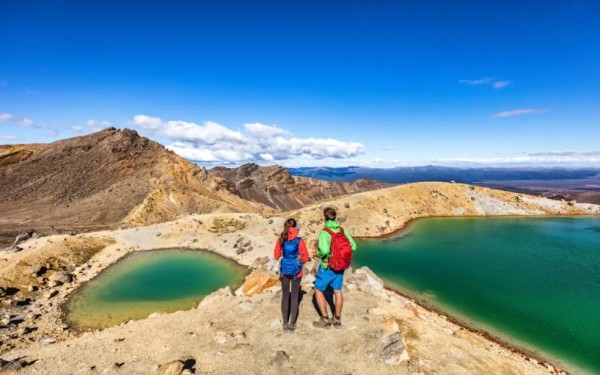
The Tongariro Crossing draws many foreign visitors each year. Photo: Maridav/123RF
What's that money raised going to be used for?
The $62 million estimate came from taking estimated international visitor numbers at the initial four proposed sites and multiplying them by fees of $20 for the smaller experiences (Tongariro and Cathedral Cove), and $40 for the larger experiences (Milford Sound and Aoraki), the Conservation Minister's office said.
The money raised will be ringfenced for conservation work.
"For example, it will help maintain and improve tracks, huts, toilets, and biodiversity protection," the spokesperson said.
Some sites have had widely publicised access and infrastructure problems, such as the Cathedral Cove track which was closed for nearly two years after storm and cyclone damage.
Thomas said the tourism industry hopes the funds will provide tangible benefits.
"TIA sense that there is a preparedness by visitors to pay for high-quality experiences. In charging, we need to ensure that we are delivering to this expectation, including care for the place and facilities for visitors to use.
"So, it is pleasing to see the commitment to investing the funds raised in the place they are generated. This is key to enabling quality management of these places, and will help to improve conservation in that area, directly benefiting those paying the charges."
Earlier, Ruapehu District mayor Weston Kirton told RNZ he welcomed the prospect of the extra charge, but the money must be spread fairly, including to local councils who have to deal with the influx of tourists.
"Tongariro Crossing is a magnet for a lot of people coming from overseas," he said. "There are huge numbers in the summertime.
"I think this is a responsible way of actually addressing some of the urgent needs that we've got in our DOC estates, and our facilities and amenities, whereby the local people are having to pay for the infrastructure that we provide for overseas visitors."
Kirton said maintaining camping grounds and toilets, and managing rubbish cost money.
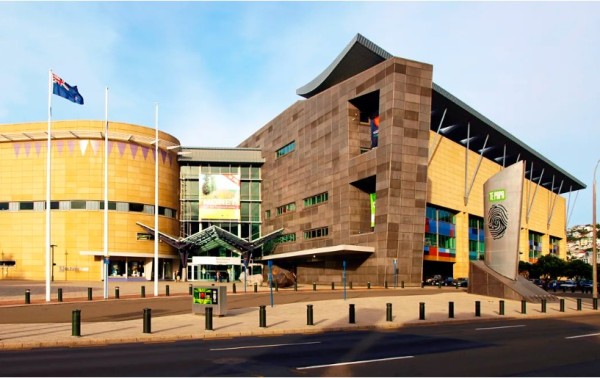
Locations like Te Papa also charge foreign tourists higher fees. Photo: CC4.0
What fees do tourists already pay?
An International Visitor Conservation and Tourism Levy was introduced in 2019. It was nearly tripled in price from $35 to $100 last year.
Simmons said that levy does not apply to all foreign visitors, however.
"This offers efficiency via its single point of collection (Immigration). It is however inequitable in its application, only engaging some 56 percent of international visitors due to various free trade agreements (Australia and some Pacific Islands for example are exempt)."
New Zealand's Great Walks, including such iconic treks as the Milford Track, also charge higher fees for tourists.
"Only Great Walk offerings (huts and campsites) have differential pricing in place at the moment," DoC Deputy Director-General Policy and Regulatory Services Ruth Isaac told RNZ. "These have been in place since 2020 (though were trialled in 2018/19)."
Those prices run anywhere from $35 to $152 in peak season for adults depending on the locations.
Locations like Te Papa in Wellington also charge higher fees for international visitors.
"It is important to consider the cumulative cost for visitors, and any charges need to be considered alongside those already paid by visitors through the International Visitor Levy (IVL), along with concessionaire charges," TIA's Thomas said.
"We have seen a trend for visitors to be charged to access other iconic places around the world, think of some of the national parks around the world.
"Tourism is a globally competitive industry, and while it isn't uncommon overseas we need to be careful to ensure that what we charge aligns with visitors' expectation of value for money."
There also needs to be care in applying too many different fees that may overwhelm visitors.
"In the wider picture we have some destinations (e.g., Waiheke and Rakiura Islands) advocating for visitor fees, and ongoing debate about bed taxes in Auckland and Queenstown," Simmons said.
"From the point of view of the tourist experience in a small country such as NZ a single fee, collected at a single point removes the wear and tear of numerous fees along the itinerary."



